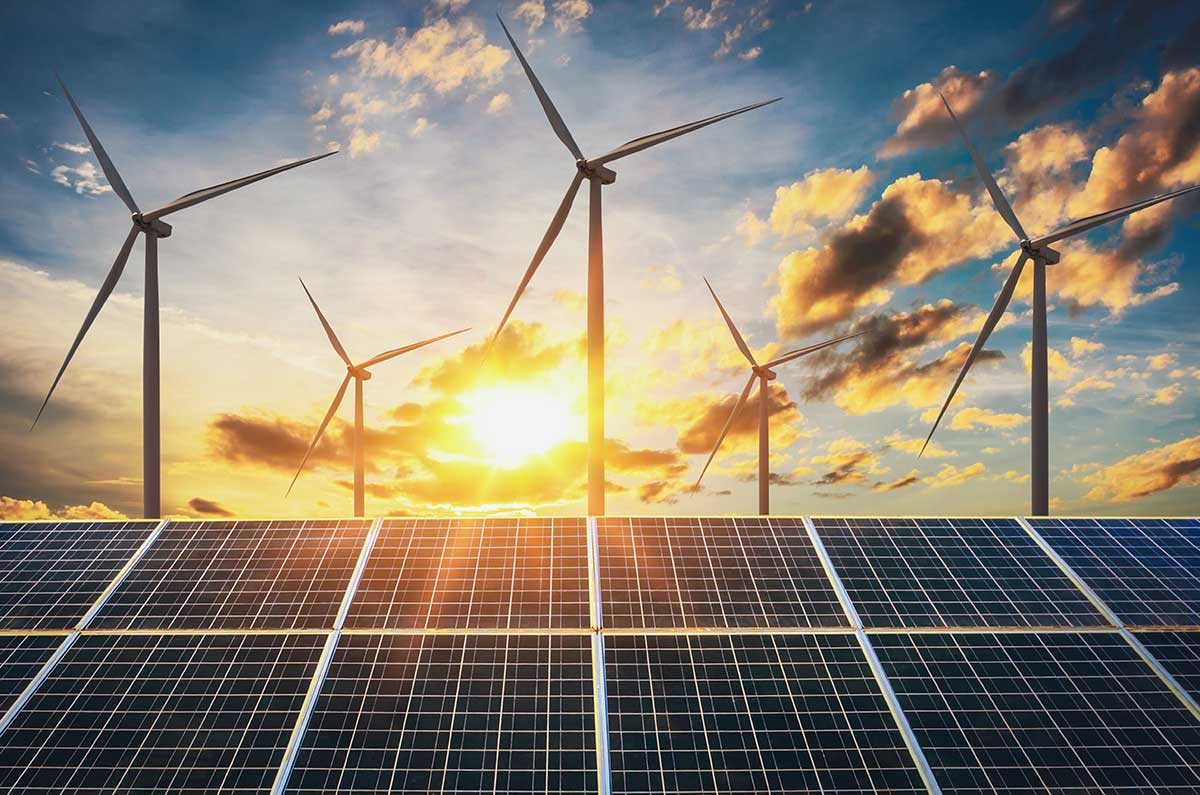Now Reading: Middle East’s Energy Revolution: Goodbye Oil, Hello Green Future 2025
-
01
Middle East’s Energy Revolution: Goodbye Oil, Hello Green Future 2025
Middle East’s Energy Revolution: Goodbye Oil, Hello Green Future 2025

Table of Contents
For decades, the Middle East has been known around the world for one thing: oil. Rich reserves of crude oil and natural gas have powered economies like Saudi Arabia, the UAE, and Qatar, making them some of the wealthiest nations per capita globally. But now, things are changing.
The region is undergoing a major energy transition, shifting from fossil fuels to renewable energy. This transition is not only about protecting the environment but also about preparing for a future where oil is no longer the dominant source of global energy.
So, what does this mean for the Middle East and the world? Let’s take a closer look.
Why Is the Middle East Shifting Away from Oil?

There are several strong reasons behind the Middle East’s move toward clean energy:
1. Global Pressure to Reduce Carbon Emissions
As climate change becomes more urgent, countries are under increasing pressure to lower their carbon emissions. This includes oil-producing nations. The 2015 Paris Agreement, signed by almost every country in the world, pushes nations to reach net-zero emissions by the second half of this century. The Middle East is no exception.
2. Economic Diversification
Oil prices are volatile. A drop in oil prices can cause economic shocks. Gulf countries, especially Saudi Arabia and the UAE, want to reduce their reliance on oil income and build stronger, more diversified economies. Clean energy is a key part of this vision.
3. Abundant Solar Energy
The Middle East has some of the highest solar radiation levels in the world. Sunshine is available almost every day of the year, making it a perfect region for large-scale solar power projects.
Major Clean Energy Projects in the Region
Countries across the Middle East have already started investing billions of dollars in renewable energy. Here are some of the most important developments:
UAE: Masdar and Mohammed bin Rashid Al Maktoum Solar Park
The UAE is leading the charge. Its flagship clean energy project, the Mohammed bin Rashid Al Maktoum Solar Park in Dubai, is one of the largest single-site solar parks in the world. The goal is to generate 5,000 megawatts of clean energy by 2030, enough to power over 1.3 million homes.
Abu Dhabi’s Masdar City is another key player, designed as a low-carbon, sustainable city, and serves as a hub for clean-tech companies and innovation.
Saudi Arabia: Vision 2030 and NEOM
Saudi Arabia’s Vision 2030 is a massive plan to reduce the Kingdom’s dependence on oil. A big part of this plan is investing in renewable energy. The futuristic city of NEOM, a $500 billion project, is expected to run entirely on renewable power, including solar and wind.
Saudi Arabia has also launched the Green Saudi Initiative and Green Middle East Initiative, aiming to plant billions of trees and become a regional leader in sustainability.
Oman and Hydrogen Power
Oman is exploring green hydrogen, a fuel made by using renewable electricity to split water into hydrogen and oxygen. The country aims to become a global exporter of green hydrogen, which is expected to play a big role in future clean energy systems.
Qatar and Energy Efficiency
Qatar is improving its energy efficiency and exploring solar energy. Although it is still a major gas exporter, it is taking steps to balance development with environmental responsibility, especially after hosting the 2022 FIFA World Cup with a focus on sustainability.
Challenges Ahead
While the progress is impressive, the region still faces major challenges in its transition:
1. Heavy Dependence on Fossil Fuels
Even with big investments in renewables, fossil fuels still make up the majority of energy production and government revenues in many countries.
2. Cost and Technology
Renewable energy projects require high upfront investments. Some of the needed technologies, like energy storage and hydrogen, are still developing and can be costly.
3. Policy and Regulation
Some countries still lack clear renewable energy laws and long-term strategies. Strong political will and support from the private sector will be crucial.
The Role of International Cooperation
To speed up the energy transition, the Middle East is working with international partners. For example:
- The International Renewable Energy Agency (IRENA) has partnered with the UAE to support clean energy projects worldwide.
- Western countries and Asian giants like China and South Korea are investing in Middle Eastern clean energy through joint ventures and research partnerships.
Such cooperation brings in expertise, technology, and funding.
The Future: Green Jobs and Innovation

One of the biggest benefits of the energy transition is job creation. New sectors like solar panel manufacturing, wind turbine installation, and green hydrogen production offer employment to thousands of people.
The rise of clean energy also fuels innovation. Universities, startups, and research centers are developing new technologies to store energy, improve solar efficiency, and manage power grids.
Conclusion: A Greener Path Forward
The Middle East is clearly moving in a new direction. While oil and gas will remain important for now, the region is betting big on renewables, innovation, and sustainability. With massive solar parks, green hydrogen projects, and bold national strategies, the Middle East is proving that it’s serious about its energy transition.
As global attention stays focused on climate action, the region’s shift may not only reshape its own future but also play a major role in powering the world sustainably.
Read More:- Deyaar’s Latest Announcement Shakes Up the UAE Property Market





















